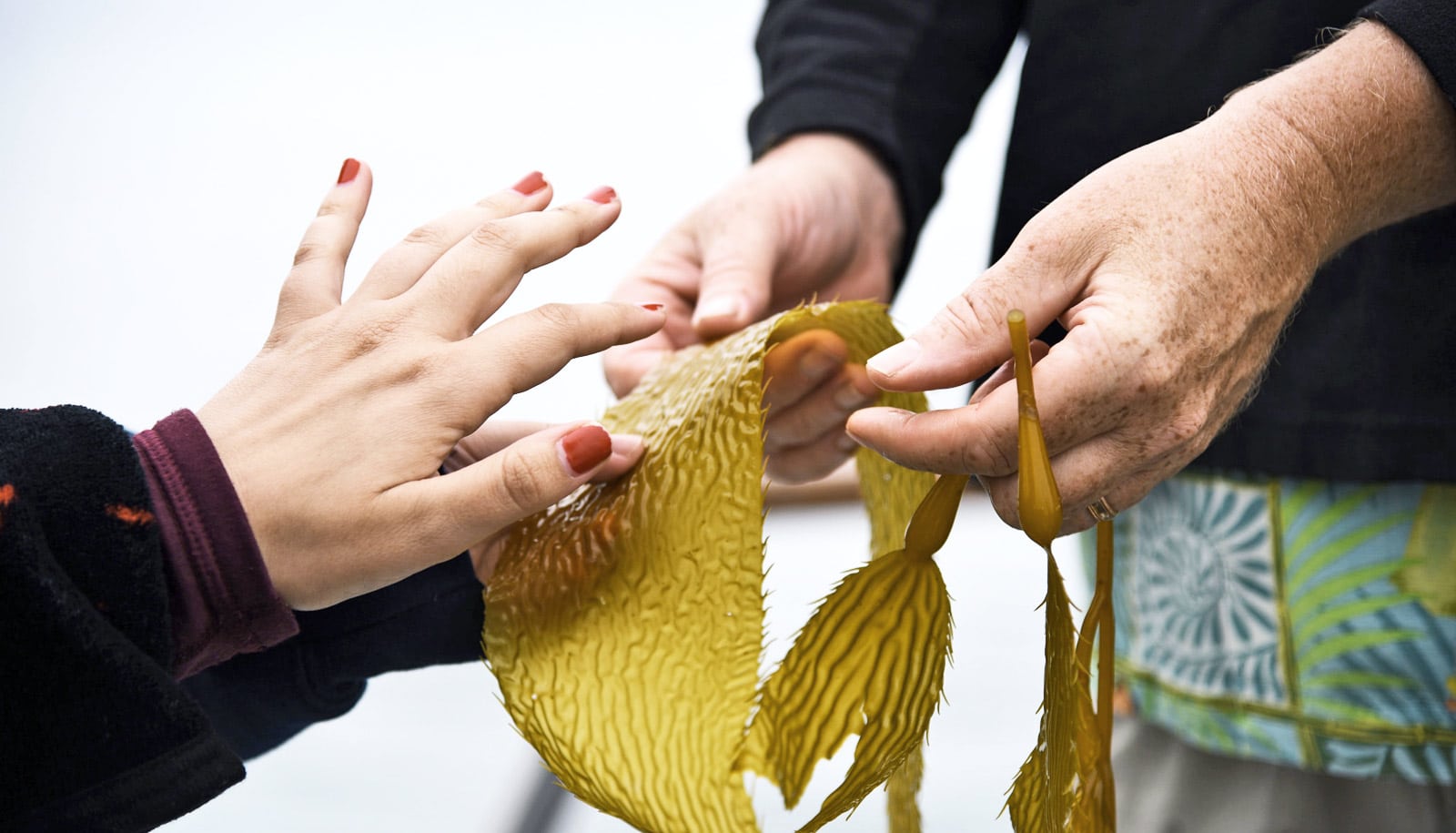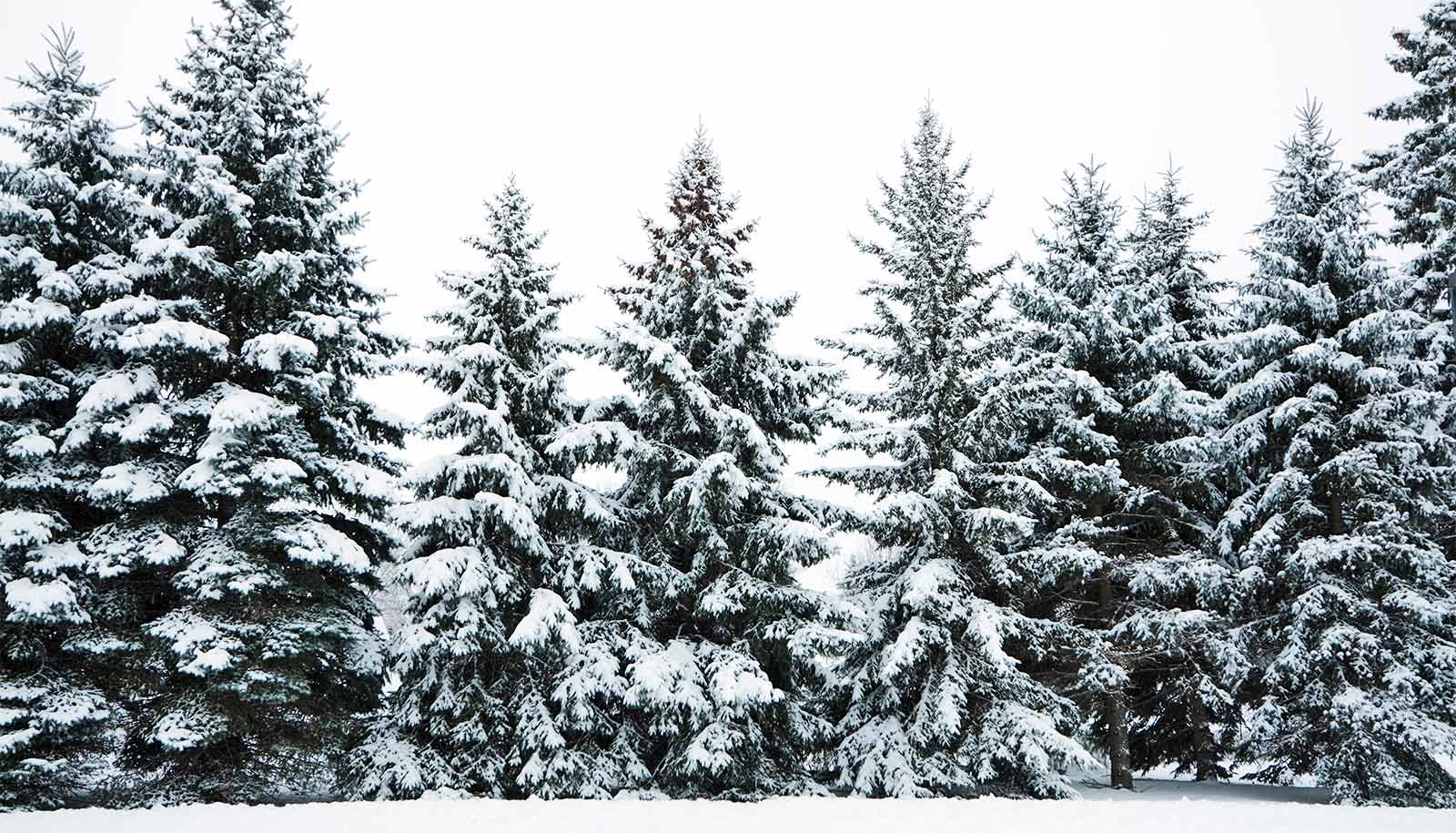In the early 1900s, the US Department of Agriculture recognized a problem. The United States relied heavily on fertilizer to grow crops and support its burgeoning economy, yet a crucial ingredient for fertilizer—potash, a mixture of potassium and salts—came almost exclusively from German mines. German mines supplied nearly the entire world’s supply of potash, and at the time the US used about a fifth of its output, half of the amount Germany exported.
“It is obviously undesirable that the United States should be dependent upon any other nation for its supply of a necessity,” wrote Frank Cameron, an officer “in charge of chemical, physical, and fertilizer investigations” for the USDA, in a 1915 report.
Seeking ways to ease this dependency, the USDA commissioned several surveys of an alternative source of potash: kelp beds in the Pacific Northwest. The large, hardy seaweed is a natural source of potassium, nitrogen, and salts, and had been used as fertilizer for years by Native Americans and settlers. If kelp could be harvested and processed in large enough quantities, it could be a viable source of potash to offset German imports.
So, the USDA sent surveyors—including George Rigg, an ecologist from the University of Washington—to map the kelp beds along the coast of California, Oregon, Washington, and Alaska. Rigg set out in a yacht with a 40-horsepower motor and mapped the coastline around Puget Sound in 1911-12.
More than 100 years later, scientists at the University of Chicago used these maps to track historical changes in the kelp forests of the Pacific Northwest.
As it turned out, the original maps from the kelp surveys ended up at the University of Chicago Library, where Cathy Pfister, professor in the department of ecology and evolution, discovered them. She worked with the library’s preservation staff to digitize the maps, and compared them to modern surveys conducted by the Washington State Department of Natural Resources over the past 26 years.
Resilient kelp
What they found is a relatively rare positive story when it comes to ecological studies in a time of accelerating climate change. The abundance of most modern kelp beds along the Washington coast has remained constant over the last century despite a seawater temperature increase of 0.72 degrees Celsius. The few exceptions are kelp beds closest to Puget Sound, Seattle, and Tacoma.
“Kelp are a robust and resilient structure. You can see that in the data, as long as they have access to good water quality and waves flush through them, then they persist,” Pfister says.
Pfister and her team also studied the competition among kelp species in the area. While the kelp beds were persistent over the decades, their populations could fluctuate greatly from year to year. There are two dominant species—the annual bull kelp and the perennial giant kelp—and they fluctuated similarly, meaning that if one was abundant in a given year, so was the other. And good years, it turns out, are associated with colder seawater temperatures, an unfortunate preference for kelp as ocean temperatures continue to rise.
Spores from healthy kelp travel miles to rescue sick ones
Understanding how changes in the ocean affect kelp is important because they’re what’s called a “foundation species,” a crucial source of food and habitat for organisms.
“Kelp are a natural feature that generates habitat for hundreds, probably thousands of species of fish, invertebrates, and microbes,” Pfister says. “They’re really a locus for biodiversity along these shores, so it’s important to understand how they respond to climate change.”
Gunpowder
While Cameron’s 1915 report delves into the chemistry of potassium salts, nitrogen, and fertilizer, it’s vague on exactly what the US government wanted do with a new kelp-based source of potash.
How the Industrial Age hinged on Pacific bird poo
But given that the world’s supply of potash came from an increasingly belligerent German Empire just before World War I broke out, one could read between the lines and look to another industry that sprung up around the same time in California. These outfits focused on harvesting kelp and extracting chemicals from it, one of which, potassium nitrate or saltpeter, is a major ingredient of gunpowder.
Ultimately, kelp never became a major source of potash for the US agricultural industry. Following the war, harvesting kelp for nitrogen became far more costly than a new commercial process invented by Fritz Haber in Germany to pull nitrogen from the atmosphere. For the benefit of the many species that depend upon them, the kelp beds (and the historic maps) remain.
The study appears in the Journal of Ecology.
Source: University of Chicago



